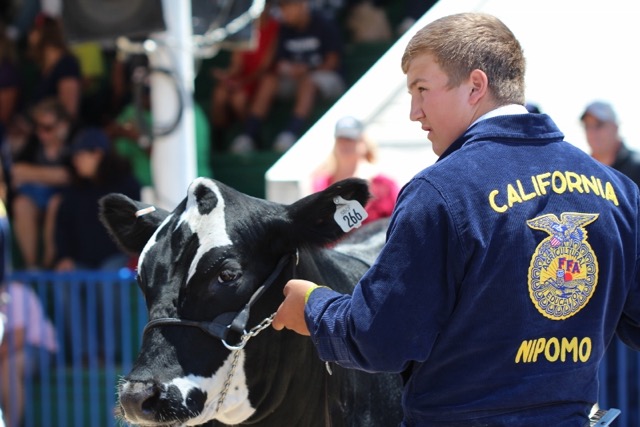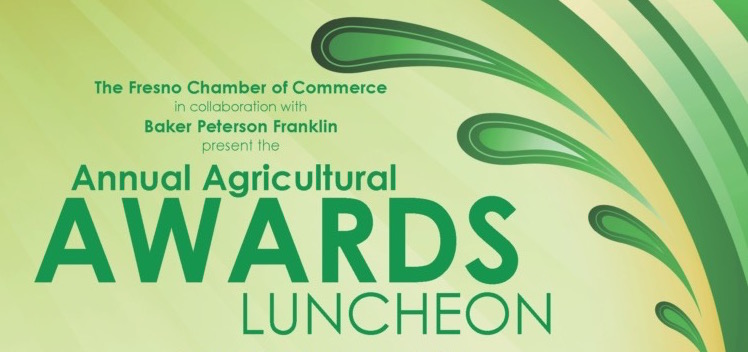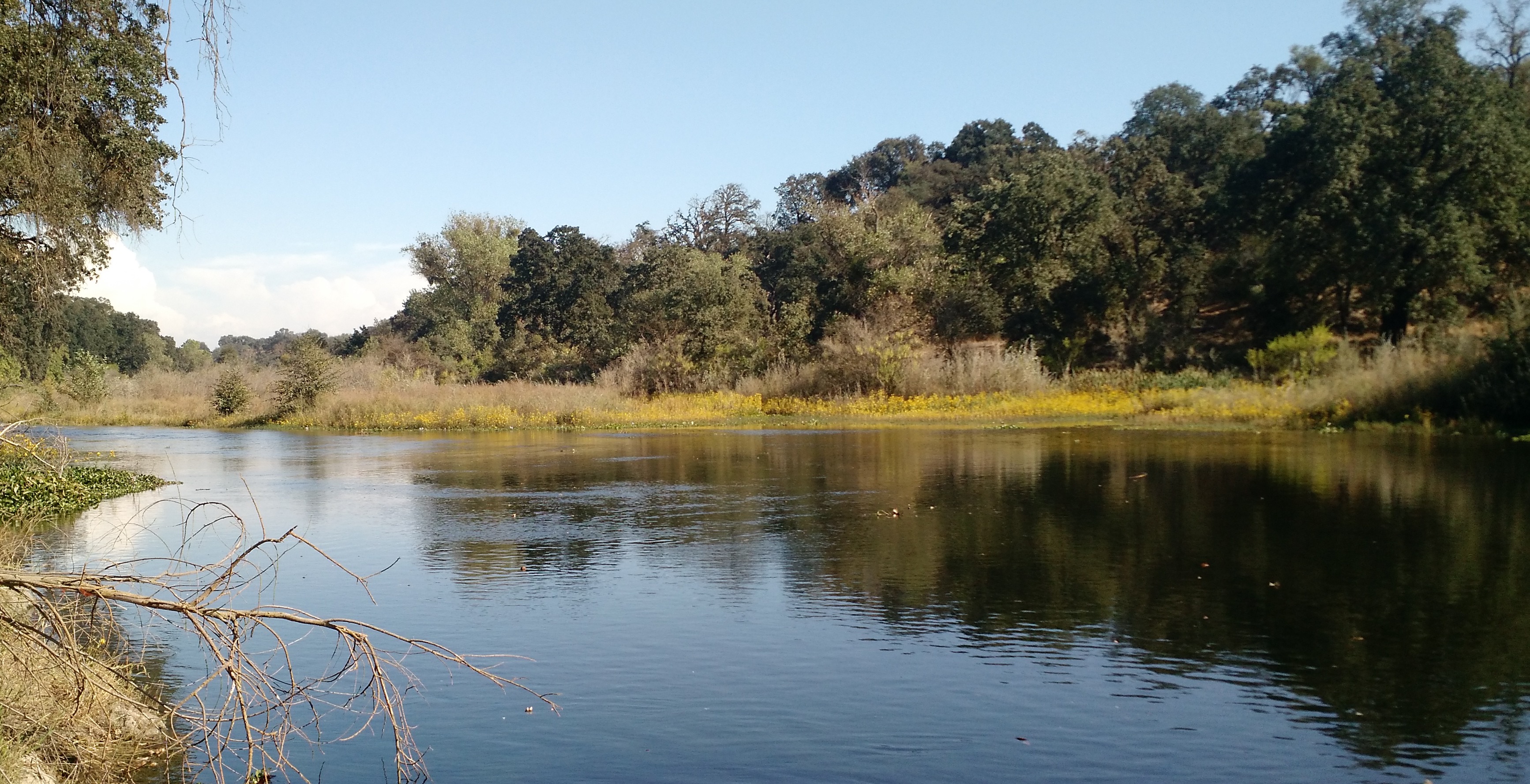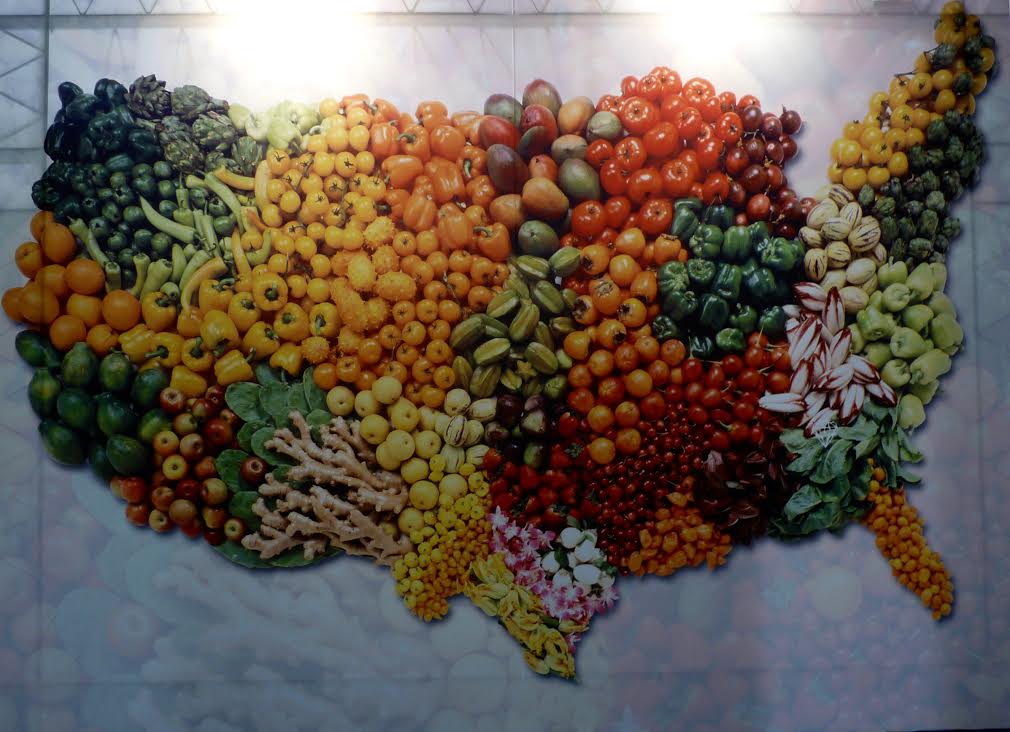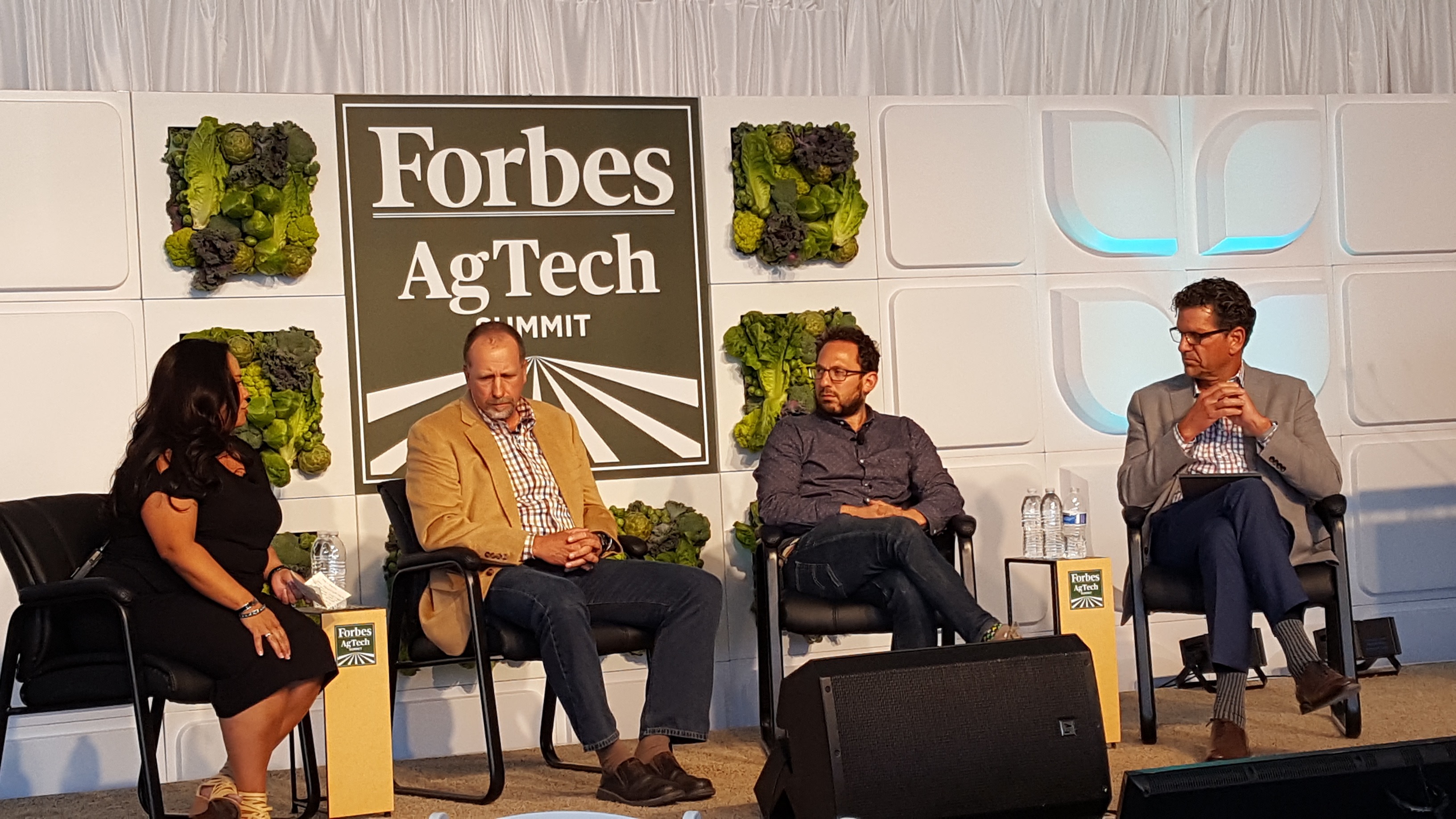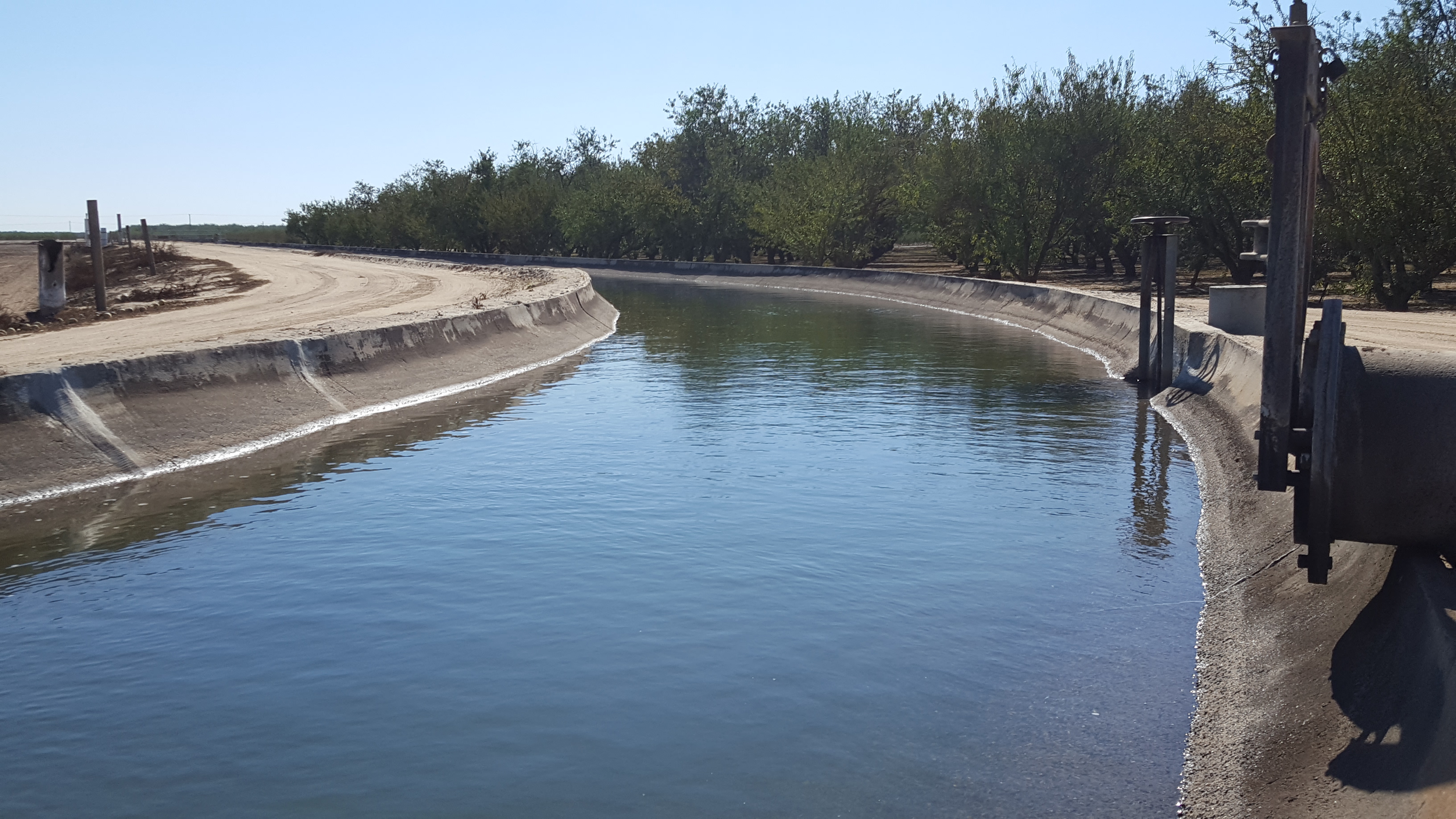Associations, Organizations, Educational and Research Institutions
FFA Jackets Giving Tuesday Campaign
FFA Jackets Needed for Members
By Laurie Greene, Associate Editor
We have Black Friday, Cyber Monday, and the newest opportunity, #GivingTuesday—a global day of giving that has grown into a movement uniting people around the world on November 29th, the Tuesday after Thanksgiving.
There’s a big #GivingTuesday campaign for the California FFA to purchase 100 of those iconic blue FFA jackets for members in need.
Katie Otto, development director of the California FFA Foundation said, “We have approximately 84,000 members in California, and 324 different chapters. Our members say having a jacket makes them feel like they are a part of something,” she said.
“It’s something that they hold on to. It makes them feel unified in what they’re doing. ‘Not to mention, a lot of our students wear jackets to field days,” Otto noted.
“They wear them at their county fair when they show, at chapter meetings and conferences. The list goes on and on in terms of opportunities where they wear their jackets.”
Each $65 raised will purchase a jacket along with an FFA tie for young men and a scarf for young women.
Black Friday and Cyber Tuesday are all about getting things; #GivingTuesday is set aside for giving. Of course you do not have to wait for #GivingTuesday for the FFA campaign. You can donate anytime, now and even beyond Nov. 29.
How can you donate to the FFA #GivingTuesday campaign? Go to calaged.org/givingtuesday.
Credit cards and Pay Pal accounts are accepted.

